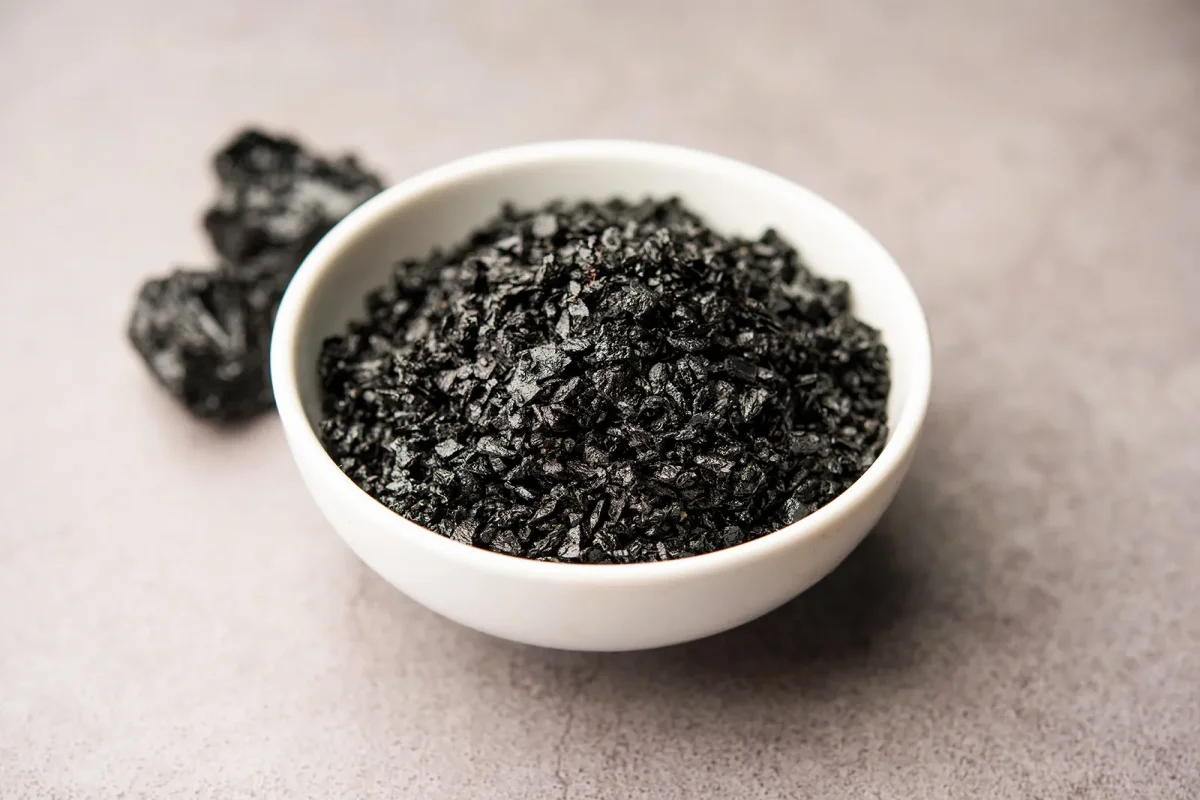 Saturday, January 4, 2025
Saturday, January 4, 2025Shilajit: The 'black gold' of the mountains – A comprehensive guide
Shilajit, often referred to as "black gold," is one of nature's oldest and most revered remedies. Its origins lie in traditional Ayurvedic medicine, where it is known as "Rasayana" (rejuvenator). This tar-like substance, ranging from black to brown, is found in mountainous regions such as the Himalayas and other high-altitude areas, and is considered a true treasure trove of minerals, antioxidants, and bioactive compounds. But what makes Shilajit so special, and why is it gaining popularity in the modern health sphere?

The Formation of Shilajit
Shilajit forms over centuries through the natural decomposition of plants, mosses, and microorganisms trapped within the rock layers of high mountains. Under extreme pressure and climatic conditions, these organic materials transform into the mineral-rich resin known as Shilajit.
Especially during the summer months, Shilajit seeps from the crevices of mountain rocks as the heat releases the resin. Its rare formation and laborious harvesting process contribute to the uniqueness and value of Shilajit.

Chemical Composition: The Basis of Its Effects
Shilajit contains over 85 bioactive compounds, including:
Fulvic Acid (60-80% of total content): This powerful antioxidant is known for its ability to reduce cell damage caused by free radicals, enhance nutrient absorption, and eliminate toxins from the body.
Minerals: These include essential trace elements such as iron, magnesium, calcium, zinc, copper, and potassium, which are vital for various physiological functions.
Dibenzopyrones: These organic compounds possess antioxidant and anti-inflammatory properties, promoting energy production in cells.
Amino Acids: They support cell structure and tissue regeneration.
- Humic Acids: They aid in detoxifying the body and support nutrient absorption within cells.
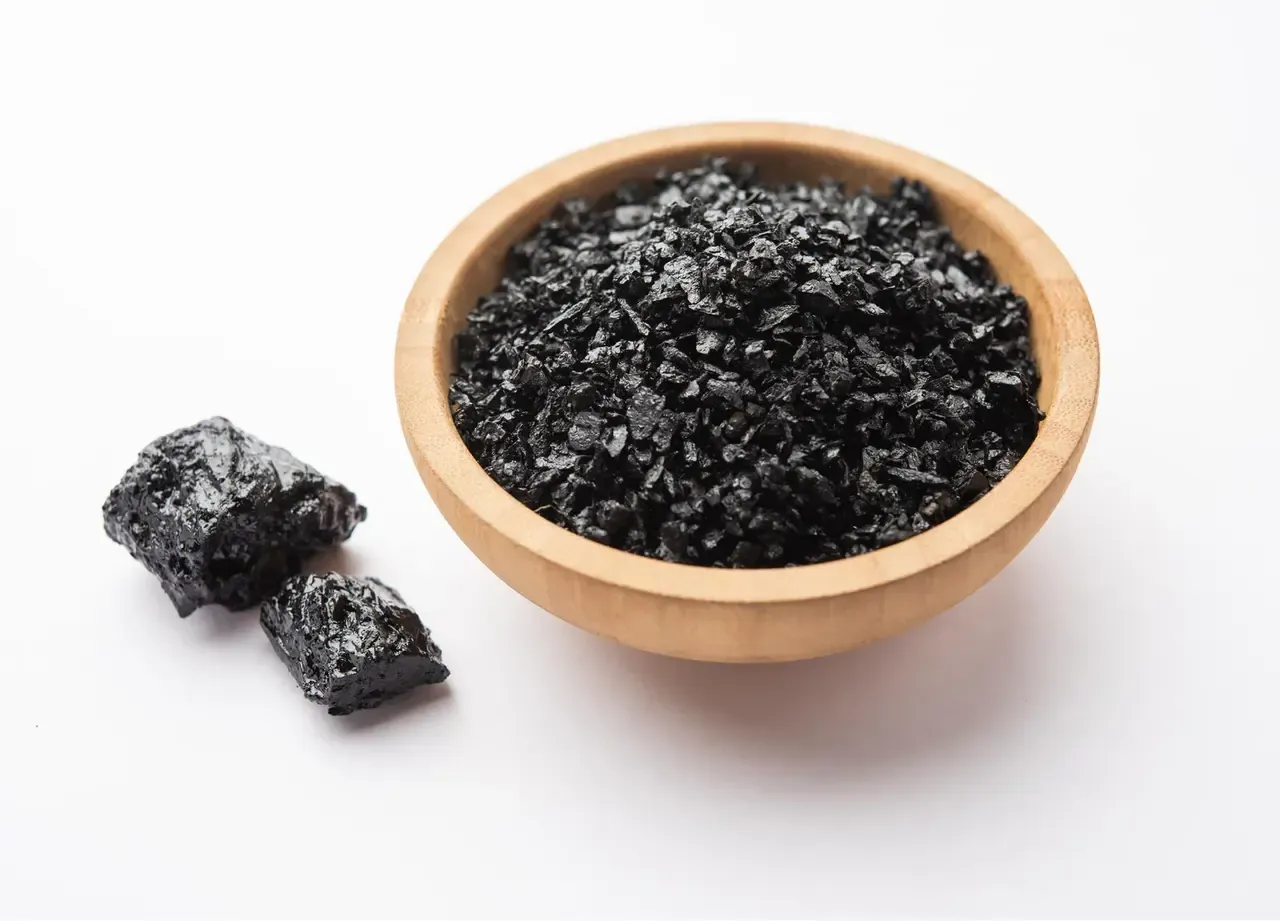
Traditional Significance in Ayurveda
Shilajit has been highly valued in Ayurvedic medicine for centuries. It is regarded as a "Rasayana" that revitalizes both the body and mind, and slows down the aging process. Ayurvedic texts describe Shilajit as a remedy for a variety of ailments, including chronic fatigue, sexual dysfunction, digestive issues, and cognitive disorders.

Health Benefits of Shilajit
Energy and Stamina
Shilajit is often referred to as a natural energy booster. It increases ATP production (adenosine triphosphate), the primary energy source for cells, thereby combating fatigue and enhancing physical performance.
Brain Health and Cognitive Functions
Studies suggest that Shilajit can help prevent neurodegenerative diseases like Alzheimer's. Fulvic acid protects the brain from oxidative stress and enhances cognitive function, memory, and concentration.
Hormonal Balance and Fertility
Traditionally, Shilajit has been utilized to enhance male fertility and support testosterone production. Research indicates that it may improve sperm count, sperm motility, and overall hormonal balance.
Immune System Support
The antioxidant and anti-inflammatory properties of Shilajit bolster the immune system and help fend off infections.
Detoxification and Cellular Health
Fulvic and humic acids support body detoxification by binding and excreting heavy metals and other harmful substances while promoting cell regeneration.
Support for Chronic Diseases
Shilajit is often employed in treating conditions like arthritis, diabetes, and anemia. It may help reduce inflammation, regulate blood sugar levels, and improve hemoglobin levels.

Usage and Dosage
Forms of Shilajit
Shilajit is available in various forms:
Pure Resin: The most natural and concentrated form.
Powder: Easy to dose and dissolves in water or milk.
- Capsules: Convenient for daily intake but often less potent than pure resin.
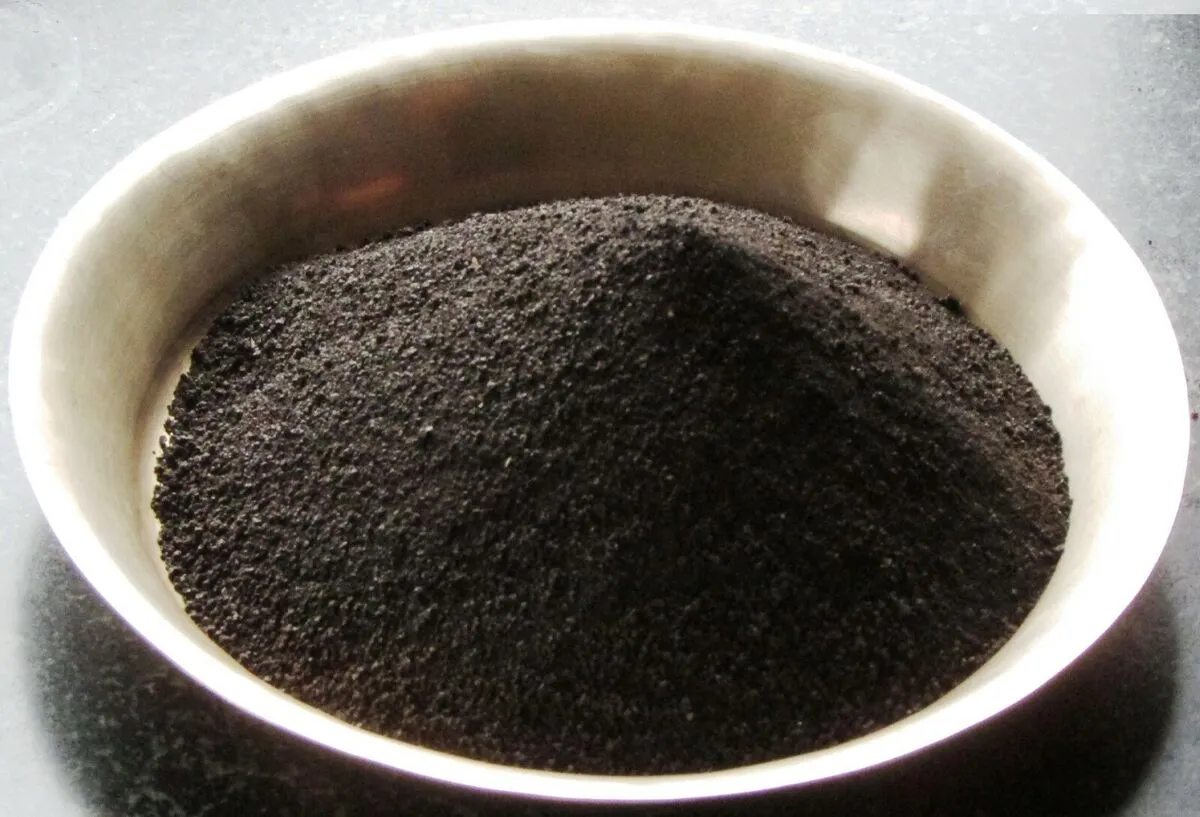
Dosage
The recommended daily dose ranges from 300 to 500 mg. It is advised to take Shilajit on an empty stomach in the morning to maximize bioavailability.
Combination with Other Remedies
Shilajit can be combined with other herbs such as Ashwagandha or saffron to achieve synergistic effects.
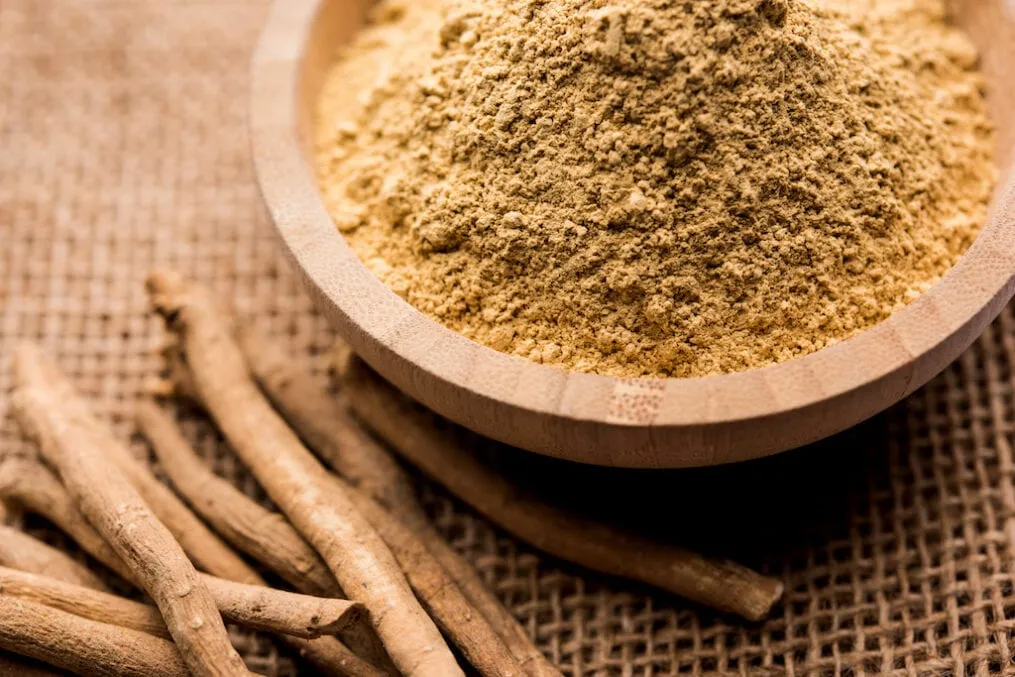
Precautions and Side Effects
Despite its numerous benefits, there are a few points to consider:
Ensure Quality: Use only lab-tested Shilajit from reputable manufacturers. Contaminated Shilajit may contain heavy metals or other toxins.
Side Effects: In rare instances, gastrointestinal discomfort, dizziness, or allergic reactions may occur.
Not Suitable for Certain Groups: Pregnant or nursing women, or individuals with autoimmune conditions, should only take Shilajit after consulting a physician.

Modern Scientific Research
Modern science confirms many of Shilajit’s traditional applications. Studies illustrate its anti-inflammatory, antioxidant, and cell-regenerating effects. Notably, the role of fulvic acid in promoting cell health and detoxification is under intense research.
Tips for Purchasing Shilajit
When buying Shilajit, the following criteria should be considered:
Origin: Products from the Himalayas are regarded as particularly high quality.
Purity: Pure resin is less processed and contains no additives.
- Certification: Look for products that are tested for heavy metals and impurities.
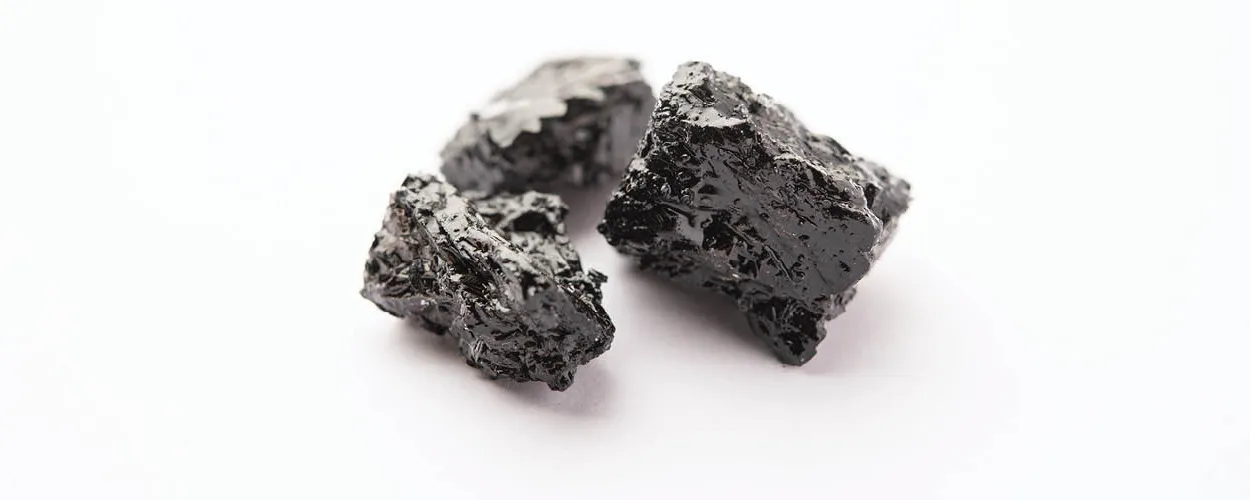
Conclusion: The Natural All-Rounder
Shilajit is an extraordinary natural product with a multitude of health benefits. From enhancing energy and cognitive function to supporting the immune system and cellular health—Shilajit offers comprehensive support for both body and mind. With the proper quality and application, it can serve as a valuable addition to one’s health regimen.
However, if you wish to integrate Shilajit into your daily routine, be mindful of dosage and always consult a physician if you have health concerns.


